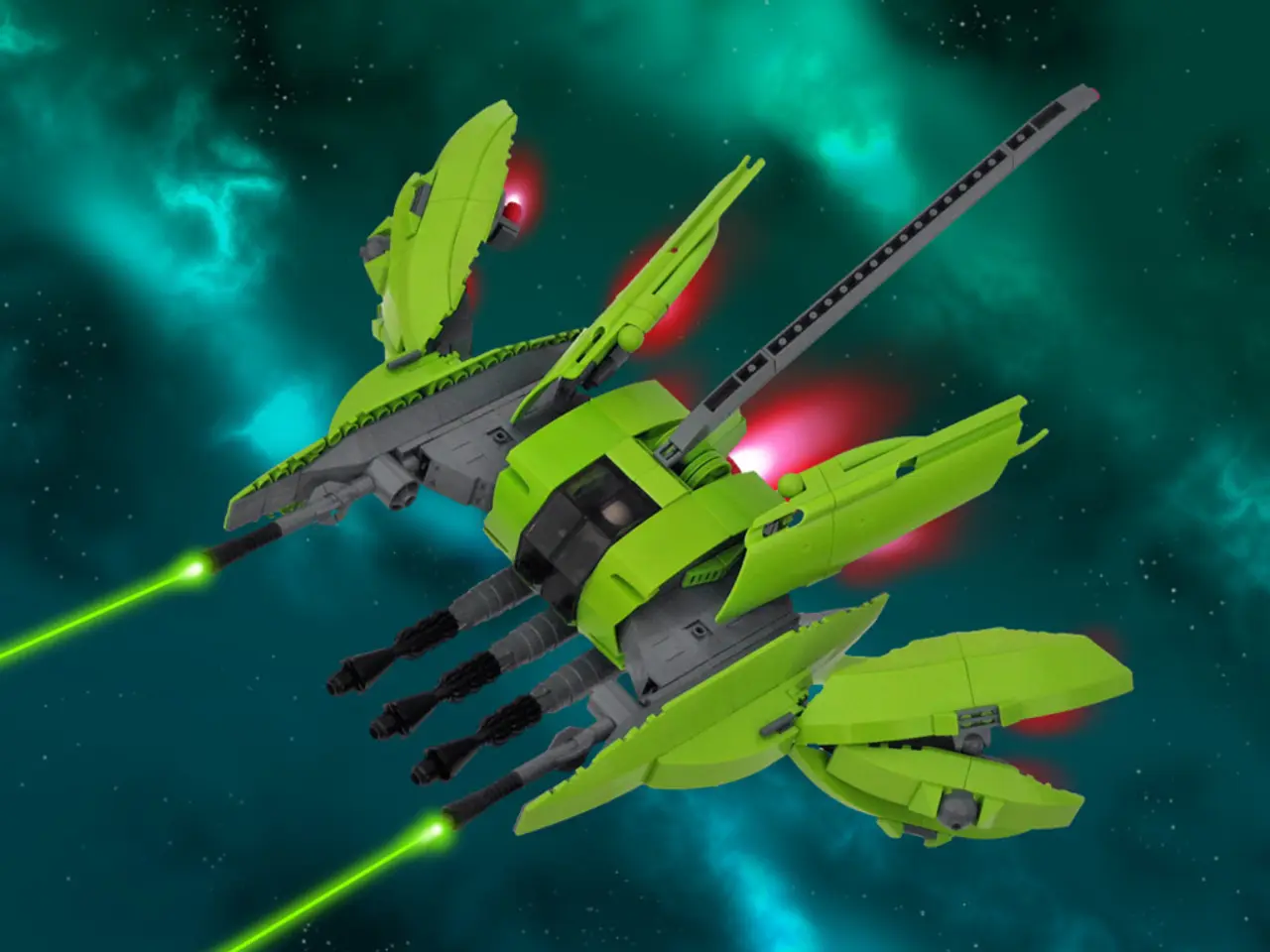Unusual cosmic sighting: NASA astronaut captures strange red glow in space
In a recent development, Matthew Dominick, a photographer, captured a rare and fascinating phenomenon – a red sprite – during a timelapse of a thunderstorm off the coast of South Africa. The red sprite, a lightning-like meteorological appearance, was identified as such and adds to the growing body of knowledge about these elusive events.
For those eager to capture more red sprites during thunderstorms, here are some tips to increase your chances:
- Choose strategic locations: Look for vantage points with a clear view of distant thunderstorms, especially towards active storm regions. Sprites form above thunderstorms in the mesosphere, so unobstructed skies towards distant storms are ideal.
- Use a high-quality camera: Employ a DSLR or mirrorless camera with manual settings to maximize image quality and exposure control. Fast shutter speeds combined with high ISO settings can help catch these brief, faint flashes.
- Shoot during active thunderstorms at night: Sprite activity is more visible during the night, so aim your camera at active thunderstorms when the sky is dark. Red sprites appear as brief, red jellyfish-shaped flashes high above the storm clouds.
- Set up timelapse or continuous shooting: Utilize timelapse or continuous shooting modes to maximize your chances of capturing these rare events. Many successful sprite photography examples show multiple captures from a single session.
- Post-processing techniques: Consider stacking multiple images post-capture to enhance the visibility of sprites and related natural activity. Some photographers have used image stacking techniques to achieve better results.
Matthew Dominick, intrigued by the process of capturing red sprites, has expressed interest in learning more from experts in the field. He also suggested that stronger thunderstorms might be more beneficial for observing red sprites, as they provide a more intense and active environment for these fascinating phenomena.
It's important to note that the red sprite captured by Dominick is not directly related to the recent discoveries made by the James Webb Telescope concerning carbon's origins in our bodies and comets. Nonetheless, the capture of a red sprite offers a unique glimpse into the mesosphere and the dynamic processes that occur within our atmosphere during thunderstorms.
- To gain more insight into capturing red sprites during intense thunderstorms, Matthew Dominick shows interest in consulting experts in environmental-science and weather-related fields.
- As he delves deeper into the subject, Dominick hypothesizes that environmental science may provide valuable information about the conditions that favor the appearance of red sprites.








